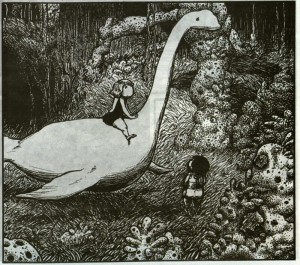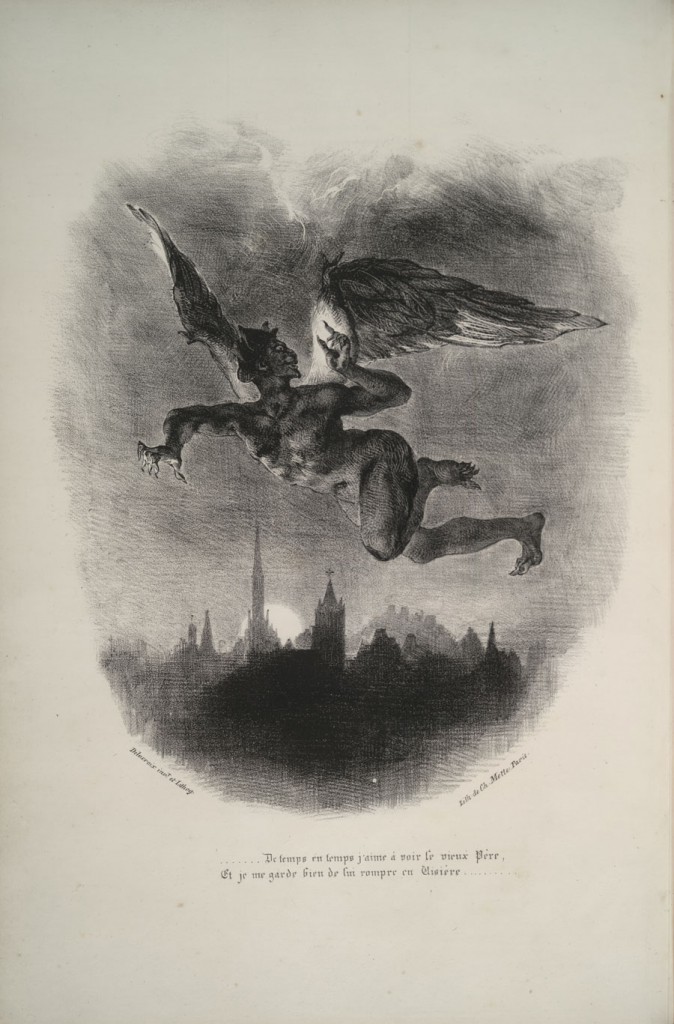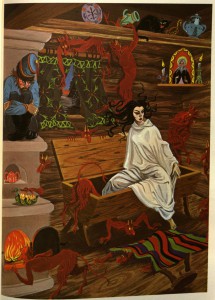December 31, 2014, will mark the five hundredth birthday of Andreas Vesalius, one of the most important anatomists in the history of medicine. The MU Libraries will commemorate this historic occasion with an exhibition entitled Vesalius at 500: Student, Scholar, and Surgeon, on view November 5-30 in the Ellis Library Colonnade.
Andreas Vesalius is frequently called the father of modern human anatomy. Born in 1514 in modern-day Belgium, he studied at the Universities of Louvain, Paris, and Padua before becoming a professor of anatomy and surgery at the University of Padua. His primary contribution to the history of medicine was his emphasis on dissection and firsthand observation. Vesalius differed from his colleagues because he used his observations to challenge ancient and often inaccurate Greek and Roman medical writings, which formed the basis of all medical knowledge for over a thousand years.
Vesalius at 500 showcases materials from the Libraries’ collections that helped to shape Vesalius’ career, including medieval manuscripts and early printed books on medicine. The centerpiece of the exhibition is Vesalius’ most famous work, De Humani Corporis Fabrica. The Libraries hold two copies of this important book, a second edition printed in 1555, and a later edition from 1568. Recognizing MU’s strength in human and animal medical research, the exhibition considers Vesalius’ effect on the history of veterinary medicine with several early illustrated works on animal anatomy. Works of Renaissance science are also included in order to situate Vesalius within the world of sixteenth-century scientific thought.
In conjunction with the exhibition, Dr. Gheorghe M. Constantinescu, a professor of veterinary anatomy in the College of Veterinary Medicine at MU, will present “Andreas Vesalius: On the 500th Anniversary of His Birth” on November 12 at 12:00 pm. Dr. Constantinescu is a medical illustrator and author investigating the gross anatomy of domestic and laboratory animals. His presentation will be held in room 4f51a in Ellis Library.
Vesalius at 500: Student, Scholar, and Surgeon is curated by a team of rare book librarians from the J. Otto Lottes Health Sciences Library, the Zalk Veterinary Medical Library, and Ellis Library’s Special Collections and Rare Books department. The exhibition draws on MU Libraries’ special collections of more than 100,000 original artworks, manuscripts, rare books, and historic documents. The collections, exhibition, and lecture are all free and open to the public.







